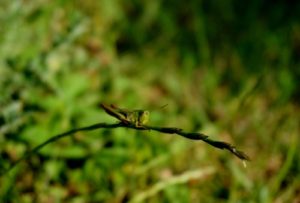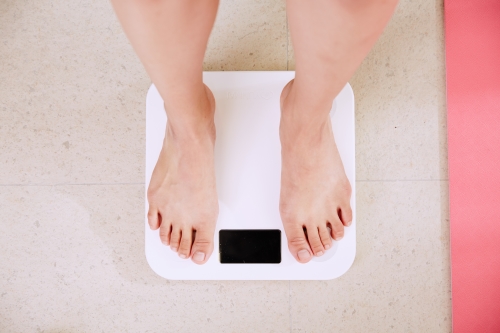 You’re in a Brooklyn restaurant. You smirk, crack wise about being a hipster, then order the kale salad. Why? Because as cliché as it may be, you also know that kale is good for you. More than that, you secretly like it. It actually tastes like something, as opposed to the watery iceberg lettuce you’d get in the side salad. But then it happens. Your kale arrives and something is wrong. To your horror, it’s limp and translucent, just like the iceberg! Aaah! While this scenario hasn’t yet come to pass, there is some concern that it could.
You’re in a Brooklyn restaurant. You smirk, crack wise about being a hipster, then order the kale salad. Why? Because as cliché as it may be, you also know that kale is good for you. More than that, you secretly like it. It actually tastes like something, as opposed to the watery iceberg lettuce you’d get in the side salad. But then it happens. Your kale arrives and something is wrong. To your horror, it’s limp and translucent, just like the iceberg! Aaah! While this scenario hasn’t yet come to pass, there is some concern that it could.
More Carbon May Mean Less Nutrition
A couple of years ago, studies began popping up in the mainstream showing that certain staple crops, like rice and wheat, were becoming less rich in important nutrients such as protein and iron. One hypothesis is that increased levels of CO2 in the atmosphere cause plants to grow faster. While that might seem like a fine thing at first glance, the bad news is rapid growth might lower the concentration of nutrients distributed throughout the plant.1 It’s a fairly simple idea: a plant that grows bigger and faster with the same nutrients in the soil makes for fewer nutrients per unit of plant matter. Especially for societies where staple crops are the bulk of their daily calories, this would be a bad development.2
Grasshopper Dinners Are In Decline
Could we really see a drop in human health and wellness from a global change in how plants grow? More recent research suggests it might already be happening—with insects. By now, you’ve heard that insect populations are on the decline. The most prevalent hypothesis is that this is driven by pesticides and habitat loss. However, Ellen Welti, writing over at the Conversation, has another hypothesis to explore. She and her colleagues looked at grasshopper populations in grasslands and observed a disturbing trend. The decline of the insect seem to mirror the nutrient decline observed in the plants that they eat. This observation has lead Welti and her colleagues to formulate a new hypothesis: The plants that they feed on are turning into iceberg lettuce and the bugs are undernourished.3
It’s important to note that just because two things are happening at the same time does not mean they are related. As Welti points out, the other factors such as pesticides and habitat loss are undoubtedly playing a role. The nutrient decline that they are seeing concurrently might just be a coincidence. However, the very idea that plants might literally become less nutritious due to rising CO2 should give us all pause and, given the potential repercussions, it’s worth a hard look. After all, what’s the point of all this nutrition science and healthy eating if, in the end, we end up with no way to grow healthy food in the first place?
Think Of Environmental Care As Self Care
So what are you going to do? Clearly, you are not going to suck the CO2 out of the atmosphere with a straw. However, you can think of environmental care as self care. After all, self care is the whole reason you order kale over french fries in the first place. Consider making a donation, or better yet, joining an environmental organization of your choice and put it in the same mental category as your gym membership. Do it because it’s good for you. Or, consider how you might make your own shopping and consumption patterns more sustainable and once again, realize it’s just as much about your own health as the planet’s. Reward companies that you think are sustainable with your dollars, if you can, and consider it an investment in your own longevity. As they say, sometimes what we need is just a small change in attitude spread through a huge group of people.


